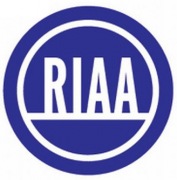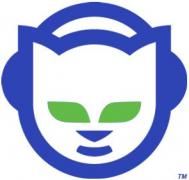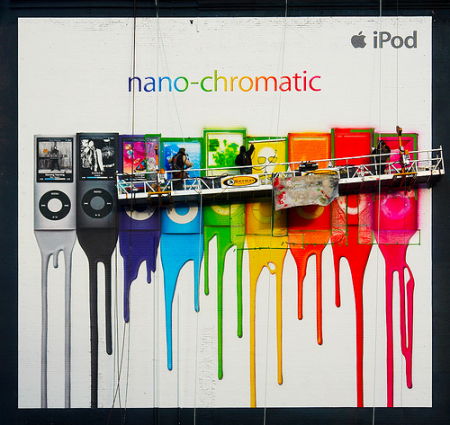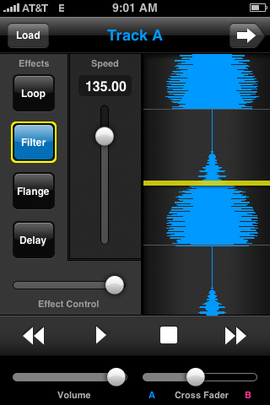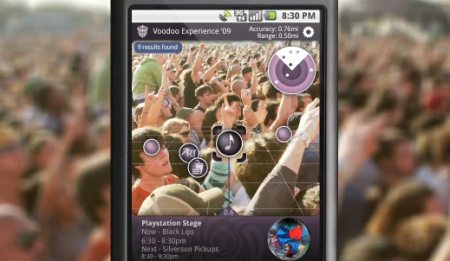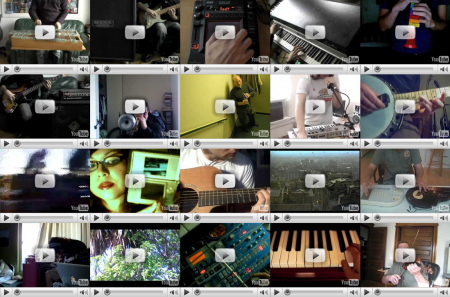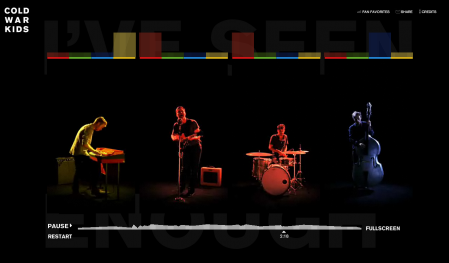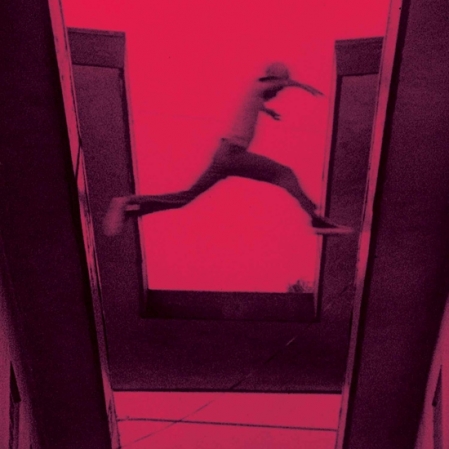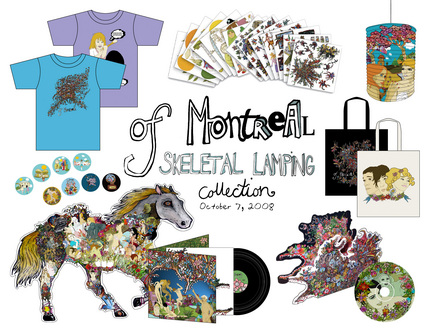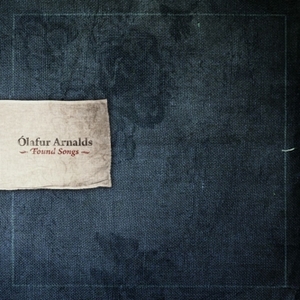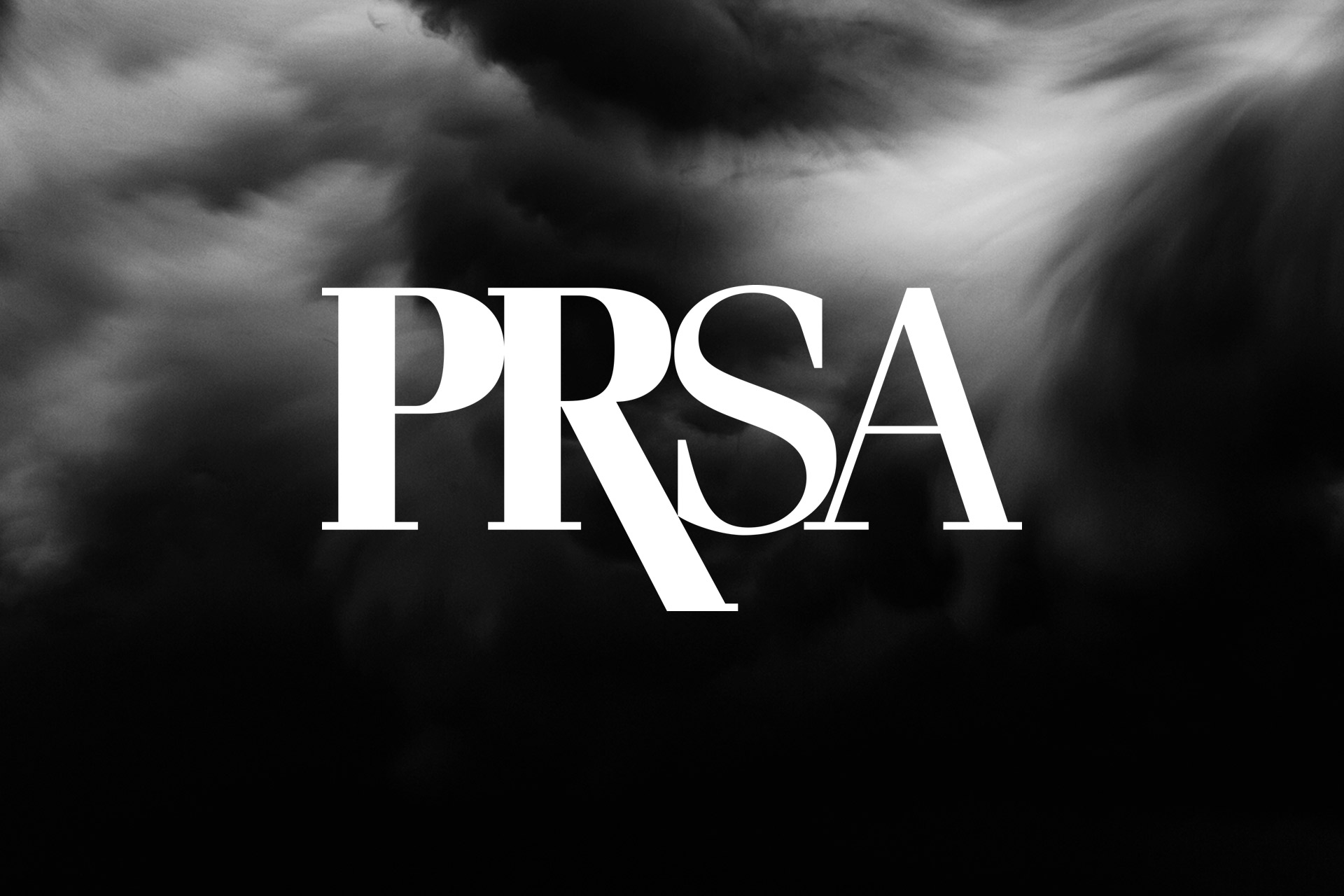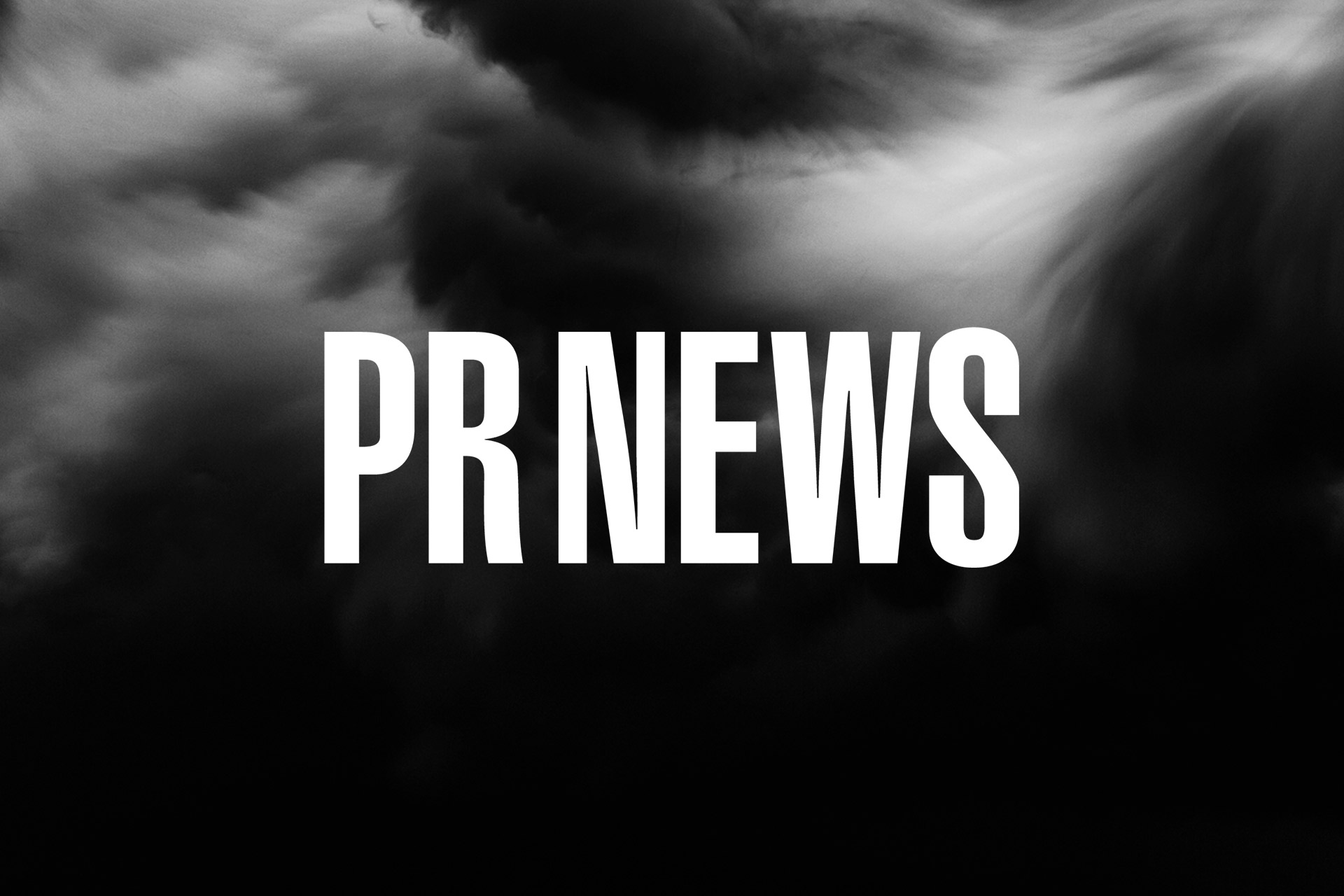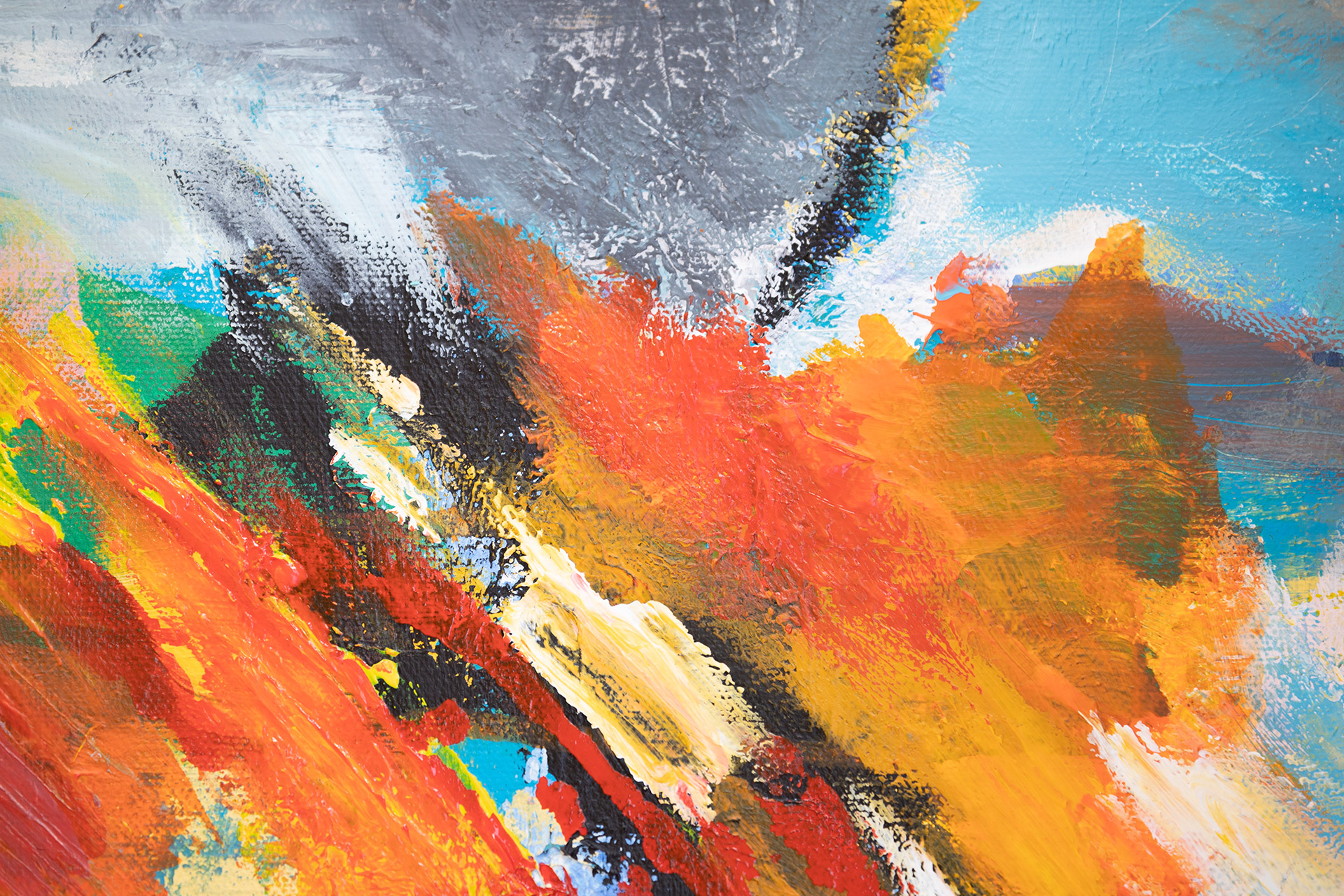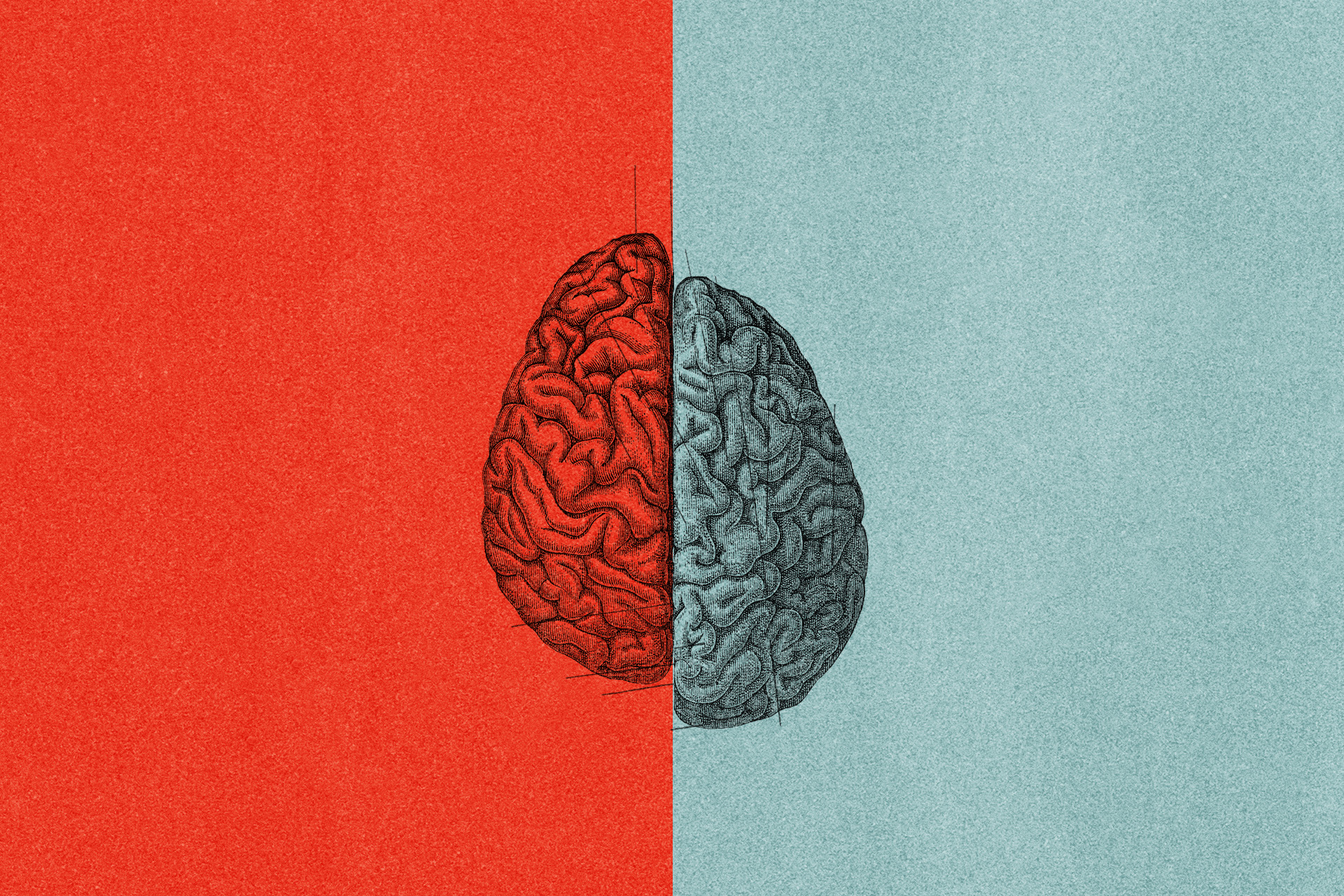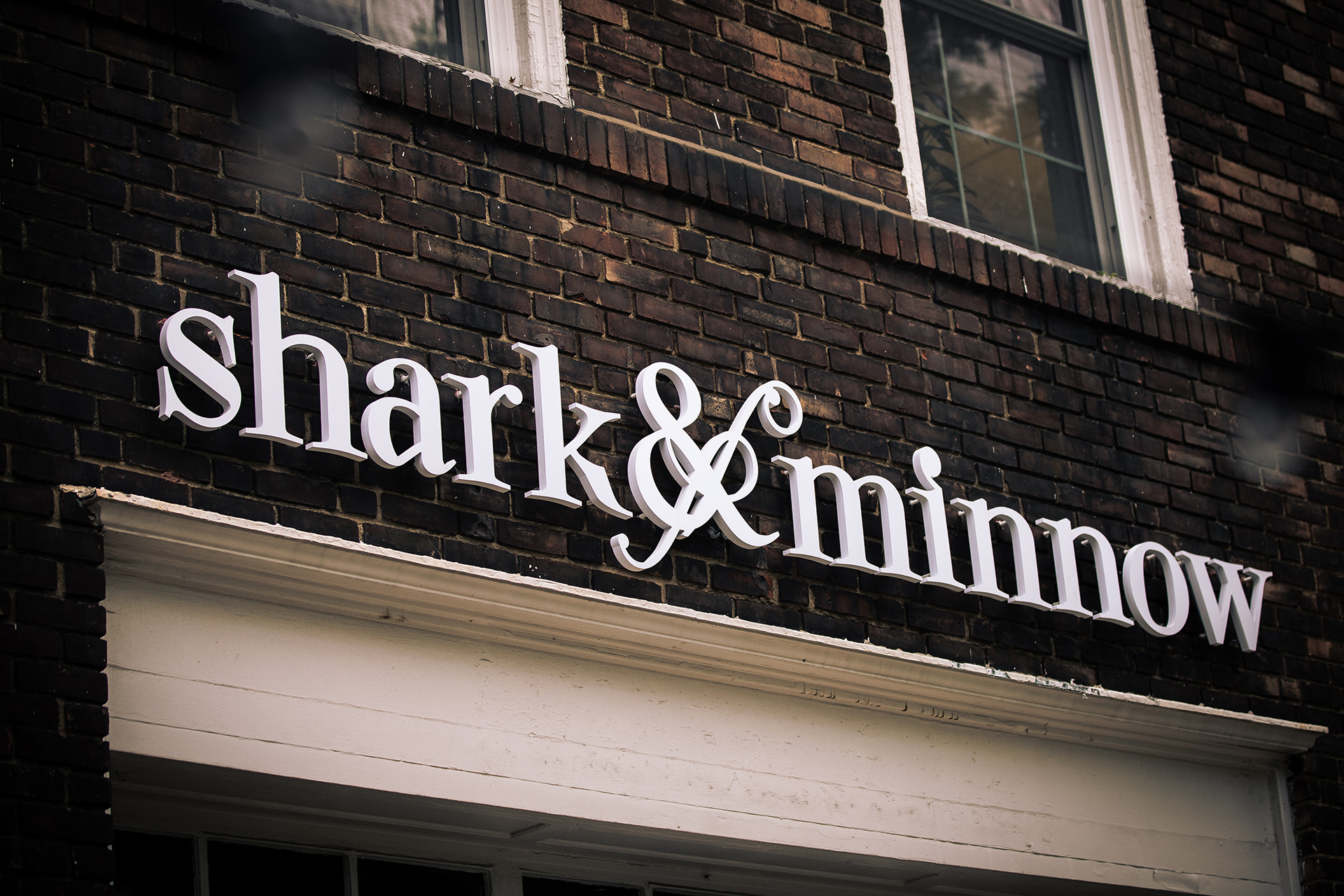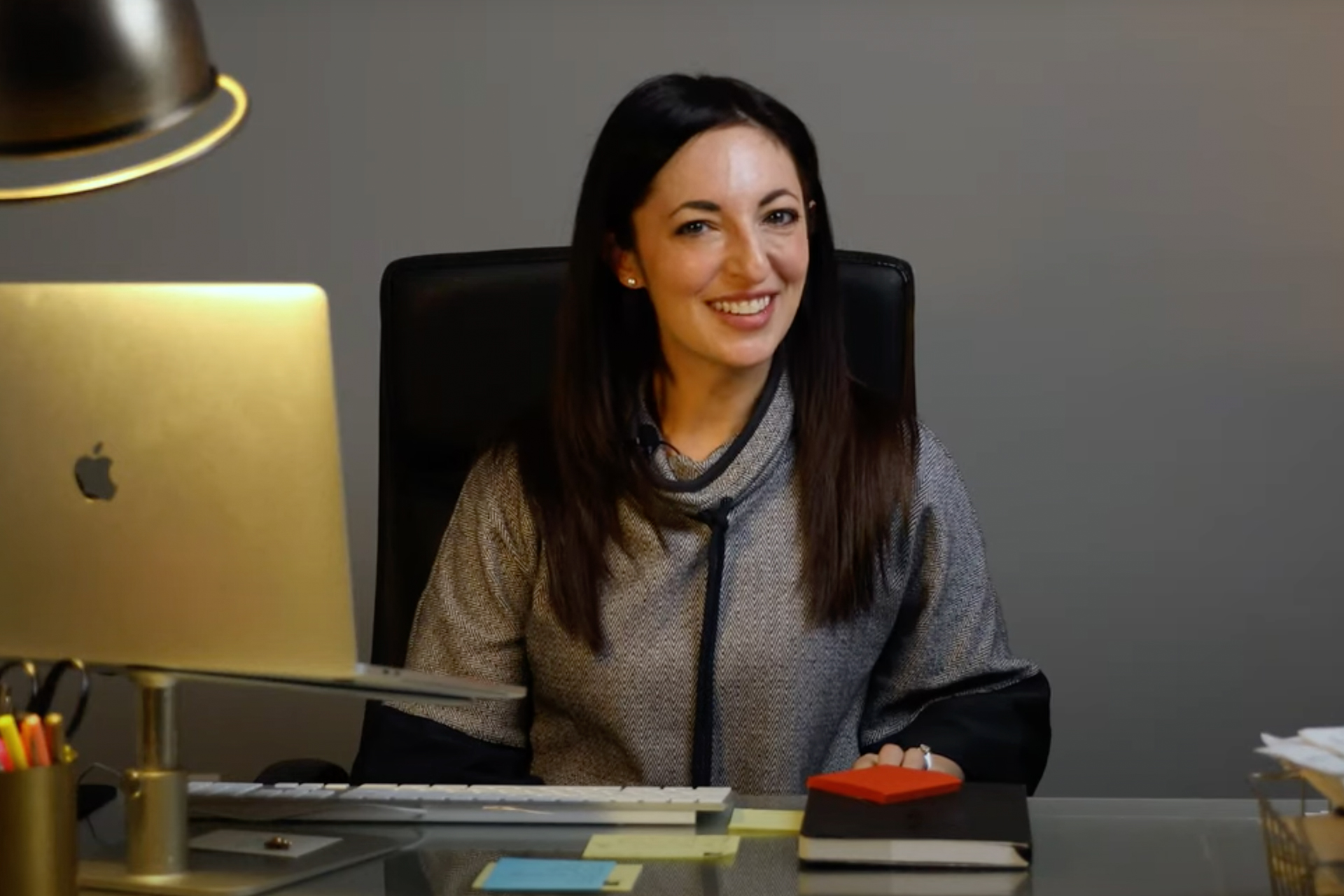A Digital Rolling Stone 2.0
Introduction
It seems only appropriate that I’m finally finishing the second installment of A Digital Rolling Stone, a month after the tenth anniversary of the Recording Industry Association of America (RIAA) suing Napster for allowing millions of consumers to download free, copyright music. The result as you know, was a federal judge and appeals court finally ruling in 2002 that Napster was liable for contributory copyright violations. This marked the beginning of my fascination with the progression of music culture and marketing. However, it was my love for music that actually introduced me to advertising and marketing. It was interesting to observe how Napster affected consumer behavior and perceptions, the practice and business model of music and caused great controversy.
Within the music industry, musicians shared divergent ideologies. Artist such as Dr. Dre and Lars Ulrich (Metallica) insisted that peer-to-peer (P2P) file sharing would ruin the music industry and asserted that this belief was not based on profitability, but control over their creative expression. Also, along with the RIAA, many musicians attacked consumers with trial court orders. I’m not sure if this really supports their argument for creative expression over profitability, unless of course they just wanted justice. And they got it.
Napster became a part of pop culture and died the death of a pop star – abruptly and at a young age. And so did many of Napster’s successors like Gnutella, Kazaa and BitTorrent. And worst of all, MP3s and P2P sharing changed consumer behavior and perceptions immensely and left consumers without any source to fulfill their music needs and desires. These changes include:
- Acquisition & Accessibility: Consumers no longer visit brick & mortars, but instead download music online
- Emotional Response: Digital music provides instant gratification for consumers, as they can download music when they want, wherever they want. While traditional forms require patience, which is not common in the digital age
- Morals & Ethics: Consumers were accustomed to downloading music illegally instead of purchasing the music and did not question their behavior, until they were attacked by the industry
- Decision Making Process: Consumers were influenced by online friends that shared similar music tastes
- Convenience & Portability: The actual tangible element changed from CDs to a digital form as MP3 files, making it much easier to transport and experience
- Listening: Consumers no longer listened to albums as complete compositions, but instead as individual songs in random order (e.g. shuffle)
- Form & Function: Historically, consumers collected the jackets/sleeves of records and even CD cases, however since the tangible element has changed, many consumers no longer value the form, but only the function (however vinyl records are making a comeback, more on this later)
This also changed the practice and business model of music forever, specifically in regard to the marketing mix:
- Product: While the actual cost of producing music did not change much, the process of producing the music form and distribution changed dramatically (e.g. CD to MP3)
- Price: Instead of purchasing an album for $10 or $12, consumer began to purchase individual songs at $0.99. It was a return to the days of 45 RPM records, when artists released singles. However, due to the distribution method, it was even more compelling and convenient for the consumer to accept this pricing structure. Also, as musicians began to realize that illegal downloading was hurting their bottom line, they changed their marketing strategy and began to focus more on concerts and apparel as a form of revenue
- Promotion: Promotional tactics also changed immensely with digital technology. Before the internet and Napster, bands had to create press kits to get shows, promote shows using posters, tour relentlessly and pray that a record label would catch them at a show. However, Napster allowed consumers to view and download music files on their friends’ computers and word of mouth (WOM) became a powerful factor in the marketing mix. Social media sites like MySpace and Facebook allowed bands to create profiles and share their music online to a broad audience without getting a record deal and in some cases it facilitated record deals. Consumer behavior became the source of WOM in cases like iLike, Last.FM and Pandora.
- Place (Distribution): Consumers could now download music whenever and wherever they wanted and in some cases could work directly with the artists they loved
As a music enthusiast and musician, I have a unique perspective on this topic. I believe that everyone should have accessibility to not only music, but all arts: dance, literature, film, photography, paintings, etc. The arts provide an experience unlike any other, experiences that are:
- Entertaining: The inherent ability of the arts to stimulate all five of the senses (sight, hearing, touch, smell, taste) and in a manner that can affect your emotional and rational state of mind
- Inspirational: The chord progression of an orchestrated composition or punk-rock anthem, a Van Gogh or Dondi; or a sonnet or manifesto can inspire you to view the world from a different perspective and develop innovative ideas
- Educational: The arts enhance critical thinking and teamwork skills in students. More specifically, learning and performing music as well as attendance at music performances improves reading, math and science skills in students
While I do believe everyone should have access to the arts, I also believe there is a compelling business opportunity to inform and persuade the consumer, even during this consumer behavioral transformation and digital movement. This intriguing transformation inspired me to approach this problem and find a resolution during my experience in the Master of Arts in Advertising program at Michigan State University years ago; here are my results. I then approached this problem again in a blog post titled “A Digital Rolling Stone 1.0.” In this analysis, I hypothesized that the music industry must progress with culture in order to remain profitable and relevant by reflecting cultural trends and integrating technologies that create an experience for the consumer with added value. This hypothesis was composed over a year ago and I have collected several case studies that document this consumer behavioral transformation in regard to music and the brands that have effectively progressed with culture to create augmented experiences for the consumer. Also, in the case studies below, I have also identified the casual attributes for marketing success and recommendations to continue these innovations in the music industry. Lastly, unlike artists before them, artists such as Radiohead and Trent Reznor of NIN understood not only the consumer, but the future of music. They paved the way for many musicians to find a sustainable business model in the digital age and seize OFF=ON opportunities.
Applications
As music aficionados continue to battle over the death of the album or resurgence of vinyl, there are several cases that show interactive and mobile applications are emerging as a viable form and part of the marketing mix for musicians. Deadmau5, a Grammy-nominated electronic artist created an iPhone app, available on iTunes for $3, that allows users to mix and remix every song on the album. Users can modify the beats-per-minute, apply effects, loop and cross fade between tracks that they create (via Wired).
In addition to releasing “The Slip” online as a free download and under a Creative Commons license (attribution-noncommercial share-alike) allowing fans to create derivative works for non-profit use as long as the source is attributed. Trent Reznor of NIN has created many innovative experiences for fans. One of which includes NIN Access, a GPS-enabled iPhone app that allows fans to post messages or photos and communicate with people in the same geographical area via the app. It is completely integrated with the social media platform on NIN.com and utilizes many open source APIs (e.g. Flickr, YouTube, Google Earth, etc.) to extend the NIN experience across multiple platforms, not just NIN.com. As culture and technology continues to evolve, so will the music industry. This evolution provides more business and marketing opportunities for artists. As Reznor stated in a Wired interview, “As an artist, you are now the marketer.”
Augmented Reality
Augmented reality (AR) been all the rage for the past year or so with brands like GE and BMW creating amazing experiences for consumers; however, could AR apps be just another fad? Do they really provide value to the consumer? What are the benefits? AR can provide value if the idea is inherent to the product or service. For example, Yelp provides consumer reviews and local search capabilities for users on Yelp.com. The Yelp mobile app provides the same thing, however it includes augmented reality, allowing users to utilize their handset’s built-in camera to visually experience consumer reviews and local search. The AR is the service and the service is augmented with AR.
How can musicians apply augmented reality to enhance their product? Zehnder Communications, an advertising agency in New Orleans, did just that. Zehnder created the Voodoo app using Layar 2.0 (an augmented reality browser) to allow festival-goers to view artist information, concert schedules and stage locations using Android smart phones or Apple iPhones. View a demonstration of the app here. The key with AR is to not only make it entertaining, but also useful.
Crowdsourcing & Content Curation
In Bb 2.0 is my favorite interactive music experience created thus far. It is a collaborative movement initiated and created by Darren Solomon from Science for Girls, and brought to live by combining the contributions of a community. Multiple YouTube videos of instruments, voices or sounds in Bb, are combined on one page. This allows the User to simultaneously play and mix sounds at their own discretion to create a new composition. It all started out with a few YouTube videos that Solomon recorded of himself playing instruments (glass marimba, electric guitar, Kaoss Pad/synth, Rhodes electric piano, and the electric bass) in Bb, at no specific tempo or groove. Solomon then utilized crowdsourcing and called for submissions online for people to record their own YouTube videos and the movement of In Bb was born.
The composition of music can be a personal experience or one shared with others through collaboration. Artists like Darren Solomon or those musicians involved in the YouTube Symphony Orchestra embrace collaboration. Another example of crowdsourcing with a bit of content curation is Taped Together by Maria (@brainpicker) & Mel (@melex). Imagine creating the perfect playlist and then allowing people to reflect upon their selection, all online, bringing you the modern day mixtape with emotion. The concept is best explained by the creators:
“We… love music. And we think crowdsourcing and content curation are two of today’s most powerful cultural propellers – seeming opposites with an even more powerful intersection. So, we’re doing the obvious: Crowdsourcing a seasonal playlist from interesting people we know. Each day of December, we’re uploading one season-inspired song, curated by a different person. On December 31, we’re putting the compilation together as the world’s first crowd-curated holiday playlist for anyone who wants one.”
Exclusive Content
Many professional and indie artists have argued that record labels are no longer needed in the current music environment, however there are some record labels that are doing their job. According the the Paste Magazine article “EMI Becomes First Record Label to Provide Hulu-Exclusive Videos” written by Christina Lee:
“EMI has struck a deal with Hulu to become its first record-label partner, and is set to distribute music videos and concert footage exclusively through the video-sharing site.”
This exclusive video content included in Norah Jones’ new video and never before seen footage from a previous concert. This is a great idea, however P2P downloading could become a competitive force if not implemented or enforced effectively.
Interactive Experiences: Video Kill the Radio Star
The Cold War Kids took the basic idea of multi-track recording and created an engaging, interactive music video that is brilliant. In “I’ve Seen Enough,” each of the 4 musicians in Cold War Kids have 4 pre-recorded audio tracks with corresponding visual performances resulting in 16 total different performances and allowing the user to explore and re-create 256 permutations of the song ranging from the album version to acoustic versions to solos.
Like the Cold War Kids, the current music video format just wasn’t enough for AC/DC. So they turned to an unlikely source of inspiration for their music video “Rock N Roll Train“: Microsoft Excel. While the AC/DC concept is not nearly as interactive, it does have a true lo-fi feel that anyone would appreciate.
Lifestyle Integration
Among the many elements that must be analyzed when considering brand extensions, it is important to analyze not only consumer behavior, but lifestyle. Sony PlayStation did this when they created the online service to sell books, videos and music (via Engadget). Gamers are a captive, passionate audience at their consoles playing video games for hours on end. This is a great opportunity to integrate product into the experience. Another example of lifestyle integration for music is skate videos. Growing up, my friends and I would watch skate videos before and after every skate session, and many of the songs featured introduced me to new artists and genres that would later shape my love for music. It’s a powerful opportunity that leverages contextual relevancy to ultimately affect and influence consumer overt behavior by simply making the information accessible.
OFF=ON
The greatest movement for music in 2009 was the transformation of music as sound to integrated experiences, offline and online. One artist that adopted this OFF=ON approach was Mos Def with his release of the album “The Ecstatic” as a music t-shirt. In collaboration with Invisible DJ and LnA Clothing, Mos Def created a t-shirt that had a download code on the tag of the t-shirt with album artwork on the front and track listing on the back. I think this is a brilliant idea, however hope other artists utilize the opportunity to its full potential by embracing the concept and creating fashion instead of simply placing artwork on the front. Nonetheless, this is a perfect example of integrating analog and digital.
Another case study is Of Montreal’s release of the album “Skeletal Lamping” as a complete package. According to the Paste Magazine article “Of Montreal reveals Skeletal Lamping package details” by Michael Saba:
“Of Montreal’s stated mission with this ambitious release is to ‘expand the perception of music packaging beyond traditional flat, square artwork and to bring consumers back to record stores to get it.’ In other words, Of Montreal wants to save the record.”
And I believe they accomplished this for their audience. The unique package included a CD, LP, poster, tote bag, t-shirt, button set, paper lantern, wall decal set and download of the album.
Open Source
To launch (RED)Wire, a digital music magazine, (RED) partnered with Modernista! and Evan Roth to create the first music video with open source code available to download. The music video is for “Brooklyn Go Hard” by Jay Z. Not only is the song great, but the video created with the typography of letters from the word “Brooklyn” is one of a kind and leaves you wondering what will come next for music videos. The open source feature also allows the song to permeate throughout the interwebs as individuals download the code and customize. On another note, Evan Roth is also the creator of the EyeWriter Initiative, make sure you check it out.
Social Media
Iceland has produced some of the most creative and innovative musicians in the past 20 years including Björk, Múm and Sigur Rós. Further, it has produced an artist, Ólafur Arnalds, that harnessed the power of social media to create an unprecedented connection and relationship with music fans.
In a More Intelligent Life interview titled, “The Q&A: Ólafur Arnalds, Musician, Experimentalist,” Paul Sullivan writes that:
“After an equally compelling follow-up EP, Variations of Static (2008), Arnalds embarked on a more experimental project, which involved creating a new song every day for a week, and then immediately making it available online at foundsongs.erasedtapes.com. The project, called Found Songs, earned attention by making use of social-networking tools such as Facebook, Twitter and Flickr (on which Arnalds ran a forum/competition for corresponding artwork). Erased Tapes Records , an independent London-based label, recently released a CD, download and 10″ Vinyl edition (which features seven photographs chosen from the Flickr group).
Arnalds leveraged social media and crowdsourcing to develop a magnificent composition that involved fans in the creative process, fostering a close relationship with the artist and providing a sense of ownership. Thus translating to increased interaction and encouraging word of mouth to extend the project throughout the interwebs.
Conclusion
At the close of 2009, as many people prepared for the upcoming decade, many also reflected on the past decade. In a segment from NPR’s All Things Considered titled “The Decade In Music: How Musicians Create,” Jacob Ganz reflected upon the digital decade and how it changed the experience of making and distributing music:
“Maybe the best way to sum up the reality of the music industry in 2009 is a Steve Albini interview with musician Ian Svenonius for VBS.tv. Keep in mind: Albini recorded classic albums by the Pixies and Nirvana and has always loudly favored analog recording. But he says the current digital trends don’t bother him.
“I see these changes as changes that are happening outside of me, that I have no control over,” Albini says. “So I basically treat them like the weather. Like, it’s going to be kind of bloggy and MP3-ey for a while.”
The music industry spent most of the past decade caught outside without a raincoat. Record labels, especially the big ones, didn’t embrace digital music at first. In fact, they spent a lot of time and energy suing the source of their income: consumers.”
I hope that the record labels learned from the past decade, but more importantly, I hope that the artists have learned that music whether they like it or not is their product, and can be extended regardless of the popular format of the moment because it will change. CDs are going the way of the cassette and soon MP3s will follow a similar course. However, artists will always have their product to market and must find a sustainable model that reflects culture and integrates technological innovations to seize OFF=ON opportunities.
And if all else fails, follow The Fiery Furnaces lead and release a silent record.


